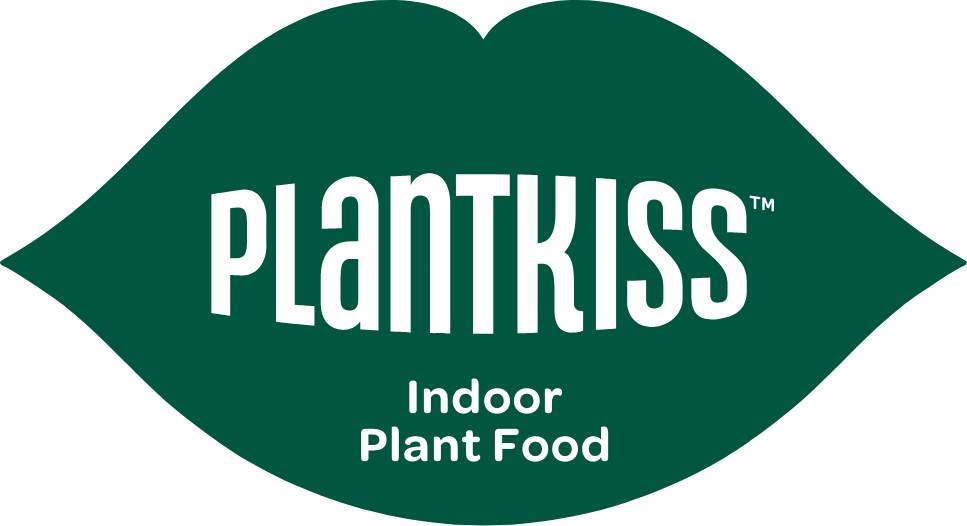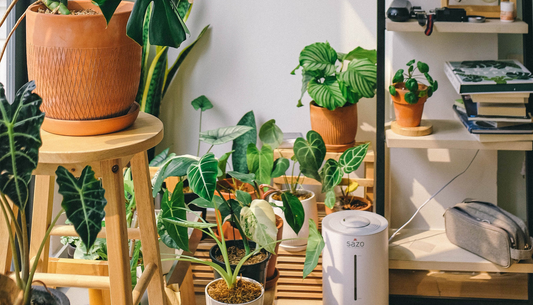If you’ve ever seen three seemingly random numbers on a package of plant food, you might wonder what they mean and if you need to pay attention to them. Typically, these numbers aren’t associated with any other context, except for being in the format of “X-X-X.”
Each number represents an element in the following order: nitrogen, phosphorus, and potassium. Many fertilizers have other elements too, but there’s a reason these three in particular are highlighted. They each play a vital role in overall plant health and need to be replenished for potted plants. The higher the number, the higher percentage that is present in that particular plant food. Now let’s get into the weeds of what each of these nutrients do.
“N” is for nitrogen – the “growth nutrient”
Plants need nitrogen to grow lush foliage and healthy stems. Without it, plants can’t make chlorophyll, which is the pigment that helps them capture sunlight for photosynthesis. Essentially, plants absorb nitrogen so they can make their own food. If your plant has plateaued in size or yellowed, nitrogen deficiency could be a culprit. That said, it’s always important to look at your plant’s environment and symptoms holistically to get to the root of its problem.
“P” is for phosphorus – the “strong root and fruit nutrient”
Phosphorus is responsible for healthy root growth, as well as flowering and fruiting. Phosphorus helps plants move energy around, build DNA (which determines a plant’s appearance), and create RNA molecules (the messengers that carry out instructions from the DNA). While that’s all pretty scientific, essentially, if you want a good looking, strong plant, make sure they get their phosphorus.
“K” is for potassium – the “health boosting nutrient”
Potassium keeps plants healthy. It helps them fight off disease, manage water efficiently, and stay resilient to overcome pests and poor living conditions. Think of potassium like a plant's immune system. A deficiency may lead to weakened stems, increased susceptibility to diseases, and mediocre fruit or flower quality.
Why do we need to supplement these nutrients for potted plants?
Plants absorb these nutrients and other micronutrients from their soil. In the wild, their roots can continue to grow out to find fresh, nutrient-rich soil when they’ve depleted what’s nearest to them. Additionally, nature has its way of revitalizing “used” soil from natural events, such as nature debris and rock breakdown.
Perhaps unsurprisingly, when a plant is confined to a pot, the amount of nutrients available in their soil is finite. This is why they either need plant food to supplement their soil, or they need to be repotted frequently with fresh soil so they continue to access these nutrients. During growing season (spring and summer), plants use nutrients quicker. Think about it like when a kid goes through a growth spurt. They generally eat more and need a healthy diet to ensure they grow big and strong. Well, same goes for plants!
Different plants, such as fruiting or flowering plants, may require specific NPK ratios. Most fertilizers should specify what they are developed for, such as houseplants, orchids, fruit trees, etc. If you’re concerned your plant needs a specific element, it’s always best to look up the specific recommended ratios to fit your plant’s needs.
In short, NPK stands for the nitrogen-phosphorus-potassium ratio in your plant’s fertilizer. All of these nutrients play a specific role in overall plant health, and they’re all vital to proper growth and development of your plant.




